Fire Alarm Installation
Go Safer Security: Your Fire Safety Partner in Maryland. Trust us for expert fire alarm installation. Keep your property and loved ones safe with our reliable and state-of-the-art fire protection solutions.
Fire Alarm Installation
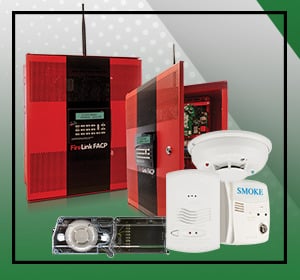
The fire alarm system is a combination of different components such as a smoke detector, heat detector, carbon monoxide detector, multi-sensor detector, call points, sounders, bells, relay module, repeater, annunciator & fire control panel designed for a fire alarm control system. If you experienced problems with these components, visit here on how to address them.
In addition to the safety benefits of a fire alarm system, there are also financial benefits to ensuring proper inspection and maintenance of fire panels. For example, regular inspections can identify potential issues before they become major problems, which can prevent costly repairs or replacement of the entire system. In some cases, insurance companies may offer discounts to businesses or properties that have regular fire panel inspections and a well-maintained system in place. Additionally, fire panel inspections can help ensure compliance with local, state, and federal regulations, which can avoid fines or legal issues down the line. By prioritizing proper inspection and maintenance of fire panels, property owners and businesses can efficiently and effectively protect their investments while also ensuring the safety of their occupants.
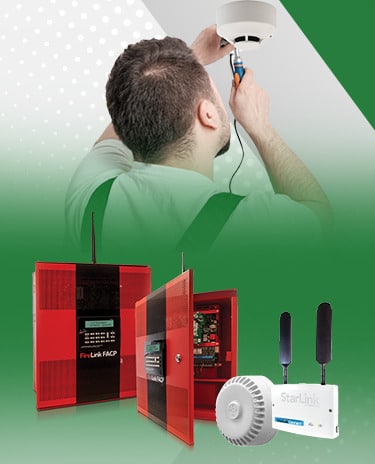
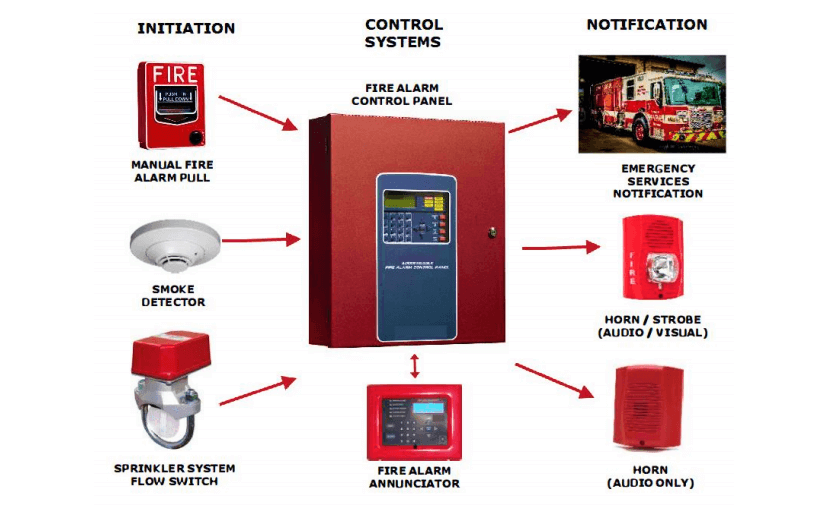
Fire alarm system
A fire alarm system warns people when smoke, fire, carbon monoxide or other fire-related emergencies are detected. These alarms may be activated automatically from smoke detectors and heat detectors or may also be activated via manual fire alarm activation devices such as manual call points or pull stations. Alarms can be either motorized bells or wall mountable sounders or horns.
What is an FACP? (Fire Alarm Control Panel)
The control panel also monitors the functionality of its own wiring and zone cards, and trouble is reported in the display.
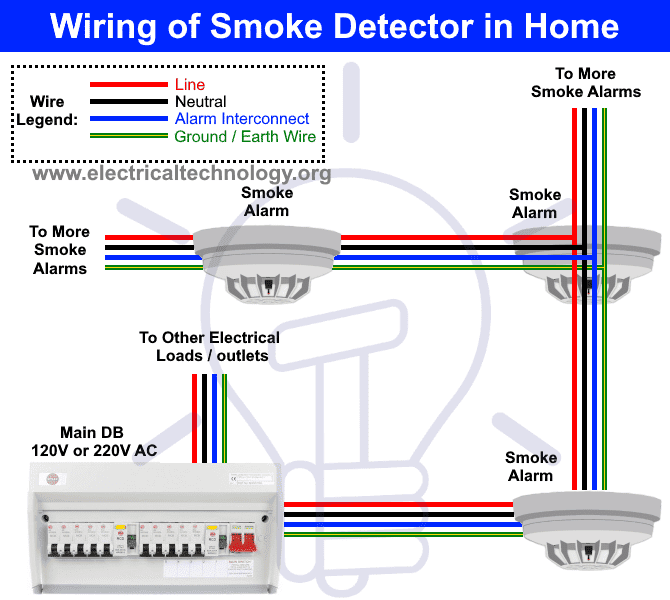
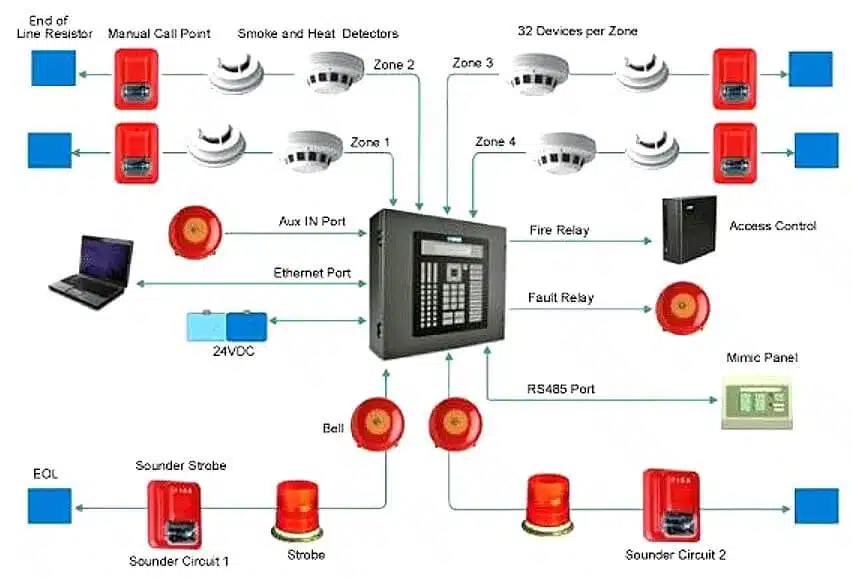
Why use a Fire Alarm System?
Why use a Fire Alarm System?
Fire Alarm Systems are used to protect life and property.
It protects by:
1. Detecting a fire at an early stage
2. Alerting and evacuating occupants
3. Notifying the relevant personnel
4. Activating auxiliary functions e.g. smoke controls, lift homing etc.
5. Identifying and guiding fire fighters
Fire Alarm Installation FAQs
How do you install a fire alarm system?
Installing a fire alarm system is an important and relatively simple process. First, determine the type of system that best fits your needs. You can choose from hardwired, wireless, or hybrid systems. Once you have chosen the right system for your home or office, you will need to purchase the necessary components. This includes smoke detectors, heat detectors, control panels, and any other components necessary for installation.
Next, it’s time to install the system. Depending on the type of system you chose, you may need to run wires through your walls or ceiling to connect all of the components together. If you are installing a wireless system, you will simply need to mount each component in its appropriate place and link them together using a wireless network connection.
Finally, once all of the components are installed and connected correctly, test out your fire alarm system to make sure it is working properly before relying on it for safety purposes.
How long does it take to install a fire alarm system?
The amount of time it takes to install a fire alarm system will depend on the size and complexity of the system. Generally, it can take anywhere from a few hours to several days. For smaller systems with fewer components, such as in a single family home, installation could take as little as 1-2 hours. However, for larger and more complex systems, such as those used in commercial buildings or multi-family dwellings, installation times can be much longer.
When installing a fire alarm system, it’s important to ensure that all components are properly installed and tested before use. This includes running tests on the wiring, sensors and alarm triggers. Additionally, any connected smoke detectors must be verified to work correctly. All of these tasks are necessary to ensure that the system is working properly and will provide adequate protection in case of an emergency situation.
Overall, the total time needed for installing a fire alarm system will vary based on its size and complexity.
What is the most common fire alarm system?
The most common fire alarm system is the addressable fire alarm system. This type of system is designed to detect fires in a building quickly and accurately, and it can be programmed to sound different alarms for different types of emergencies. It also has the ability to pinpoint the exact location of a fire, so that emergency personnel can respond quickly and efficiently.
Addressable fire alarm systems are easy to install and maintain, making them ideal for both commercial and residential buildings. They are also highly reliable and cost-effective, making them one of the most popular fire alarm systems on the market today. Additionally, they are compatible with other building safety systems such as sprinkler systems, smoke detectors, and carbon monoxide detectors. This allows for integrated protection across all aspects of a building’s safety infrastructure.
Overall, addressable fire alarm systems provide an excellent level of protection from potential fires in any type of building.
How much does alarm installation cost?
The cost of alarm installation can vary greatly depending on the type of system you’re looking to install and the complexity of your home or business. Generally, basic systems with fewer features will cost less than more complex systems with more features.
For example, a basic wireless security system for a small home could cost around $200-$500 for equipment and installation. A more advanced system that includes additional sensors, cameras, and other features could cost around $1000-$2000 or more.
If you’re looking to have an alarm system installed, it’s important to compare different security companies and their prices to make sure you get the best deal. Don’t forget to factor in any ongoing monitoring fees as well. With some research and comparison shopping, you should be able to find an alarm system that meets your needs at a price that fits your budget.
Can I install new fire alarms myself?
Yes, you can install new fire alarms yourself. However, it is important to make sure that you are taking the right safety precautions.
First and foremost, you should read the manufacturer’s instructions and safety guidelines carefully before attempting to install a fire alarm. This will ensure that the installation process is done correctly and safely. Additionally, you should consider having a professional electrician inspect your wiring to make sure it meets local codes and regulations. This will help to ensure that your fire alarm system is up to code and working properly.
Finally, once your fire alarm has been installed, be sure to test it regularly to make sure it’s working correctly. Also, keep in mind that if your home is equipped with an interconnected system of alarms, each one must be tested separately. By following these steps and taking the necessary safety measures when installing new fire alarms, you can help protect your home from potential fires or other disasters.
Does the installation of the camera the same as the fire alarm?
The installation of a camera and a fire alarm system are two entirely different processes and should not be viewed as similar. A fire alarm system is designed to detect the presence of a fire and alert occupants of a building, while a camera system is put in place for surveillance and security purposes. The installation of a camera system may require different equipment and skills than those needed for a fire alarm system. It’s always best to consult with a trusted security professional like Go Safer Security for proper installation and maintenance of both camera and fire alarm systems.
How fire alarm system works
The fire alarm system works simply by detecting smoke, heat, or flames through sensors, and triggering an alarm accordingly. The main components of a fire alarm system include smoke detectors, heat sensors, control panel, and alarm notification devices. When a detector senses a possible fire, it sends a signal to the control panel, which then activates the alarm notification devices to warn occupants and alert emergency responders. Regular maintenance and testing of the system are crucial to ensuring its effectiveness in detecting and responding to fire emergencies.
GET A FREE QUOTE TODAY
Call 1-800-GO-SAFER (467-2337) and speak with our GSS Specialist or complete the form and we will contact you.
